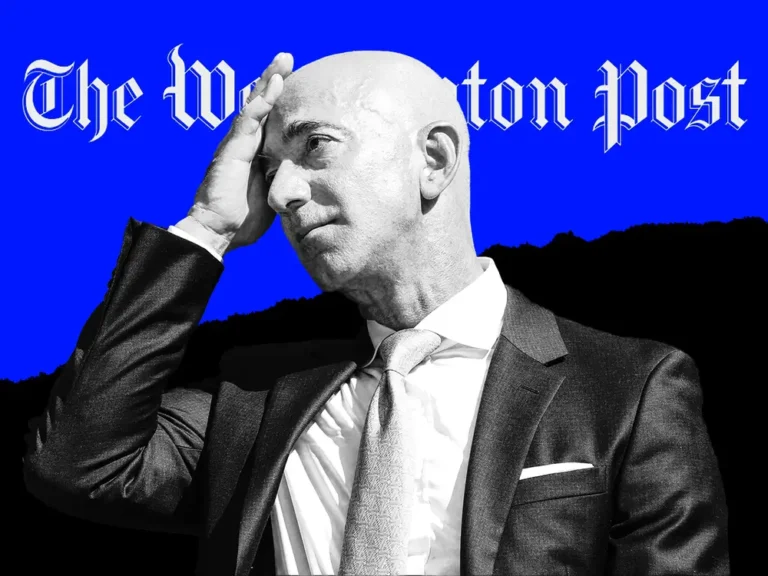How Pinterest became a secret weapon for a social-media marketer and boosted her revenue by $30,000 a month

Colorado-based creator Kenda Laney uses Pinterest to direct traffic to her social media accounts and sell digital products
Horseback riding and cancer. That’s what 23-year-old Kenda Laney thinks of when she reflects on the start of her career in social media.
Diagnosed at birth with bilateral retinoblastoma, the Colorado-based creator and social-media marketer discovered at a young age that competing in rodeos helped her take her mind off her health condition. It was through this circuit that she met a woman who would ask her for help managing her Instagram and Facebook business accounts.
When Laney was later asked if she could look into Pinterest, which she only used for fun, she was intrigued. After a lot of trial and error, she discovered how to use the platform to boost income generated online. She used her social media expertise to launch, after college, her own company, Laney Media. It offers consulting, coaching, and digital products like ebooks to help creators grow their online brands and make more money.
Today, she uses her Pinterest account to drive roughly $30,000 to $40,000 a month in revenue by directing her audience to Laney Media’s website where she sells her products and services, according to documentation of those earnings from March to July verified by B-17.
Laney said Pinterest has been particularly helpful in directing traffic to the site, thereby increasing her income, because of the platform’s focus on searchability.
Many users access Pinterest primarily to search for topics or content they’re interested in, which makes it easier for content to reach a target audience compared to apps like TikTok, Instagram, or YouTube, which are better known for their algorithm-driven feeds. This also means users are more likely to buy services creators offer; in fact, Pinterest says 85% of weekly users have made a purchase based on a pin they saw from a brand.
“Pinterest is a search engine, so because people who are being shown your stuff are already searching for it, you’re going to get more views than on other platforms where you’re at the mercy of the algorithm,” Laney said.
Do your research and don’t be vague
Pins take significantly less time to create than videos, which are more popular on platforms like YouTube and TikTok, Laney said.
As a result, creating an engaging pin can equal less effort while reaping greater rewards.
She spends one hour a week planning out and posting pins 10 to 15 pins per day, which consist of a simple photo with a few words or a sentence of text, a description, and a link. She also posts videos on her page, which are repurposed from TikTok and Instagram, where she has 311,000 followers and 70,000 followers respectively.
In most of Laney’s pins, she includes a link to her website where users can purchase specific digital products or services to grow their online audience and monetize off social media.
She sees Pinterest’s direct impact on her income because she generates her links through the link-management software bit.ly. She uses the website’s analytics to see how many people were directed to pages where they buy digital products she offers, such as memberships, digital courses, and books. In July, about $29,000 of the $109,000 in revenue she made from these purchases was driven by Pinterest.
For creators who want to start using Pinterest, Laney advises them to do their due diligence on search-engine optimization, or SEO, for their content niche. Influencers should look at the most popular keywords and descriptions in the pins at the top of the results when a user searches for a type of content. For example, a finance creator could type into Pinterest’s search engine, “What credit cards should I apply for this year?” if they’re targeting an audience that would search for that and see what words are repeatedly used across the photos and captions of top-performing pins.
“Hyperfocus on how your content is an answer to someone’s question rather than just describing what your content is,” Laney said.
She added that the most important thing to remember for those who want to monetize Pinterest is that users need to be persuaded to leave the platform, not just click on the pin or save it. The best way to do this is by using a call to action on the photo. In one pin, she prompts followers to “get the scripts” for how to sell their services.
Pinterest continues to grow as a platform; the app reached 522 million monthly active users in June, up 12% from a year ago. More people are also turning to it as a shopping mechanism, as the app reported a 50% year-over-year increase in buyable items saved by users.
Laney said the platform has quietly exploded among creators like herself because more are discovering how to leverage it as a tool to sell their services. Pinterest has been invaluable to her growth as a creator, she said, not just for the income it brings but also because it reels in people who are searching for the online community she offers.
“Think about it this way: do you want your content randomly shown to people who the algorithm thinks would like it, or shown to people who are already searching for what you’re posting?” she said.






